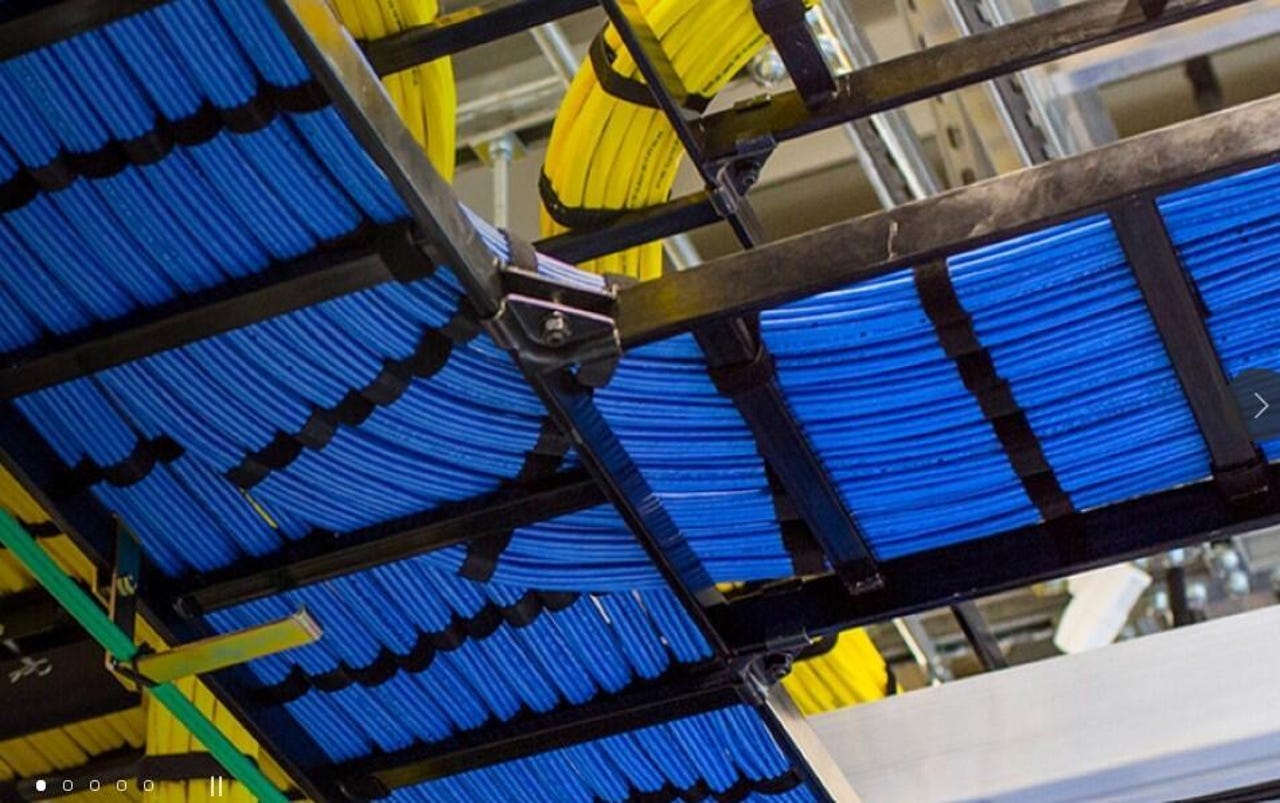Whatever happened to Hyper-V Server and other Windows Server 2022 questions


Today, September 1, is the day that Microsoft is announcing that Windows Server 2022 is generally available. And yes, Windows Server 2022 actually began rolling out a couple of weeks ago in spite of today's pronouncement.
Windows Server 2022 is the latest version of the on-premises version of Windows Server. Microsoft has designated it as a Long Term Servicing Channel (LTSC) release, meaning it will get 10 years of support. And it includes a number of new security, management and containerization features.
So why did Microsoft wait until today to make the GA announcement for the product? General Manager of Azure Arpan Shah told me Microsoft waited until today to make sure it was fully available in all distribution channels.
I also asked Shah why Microsoft is using October 13/14 as the support end dates for the product, even though the support clock began ticking on August 18. His answer:
"Windows Server follows Microsoft's Fixed Policy support lifecycle. Fixed Policy product expiration dates are rounded forward to expire on the second Tuesday (patch Tuesday) after the end of the quarter so that Fixed Policy products only expire four times a year. This policy is in place to create predictability for customers and to ease the management burden of tracking product expiration dates. In the event, Microsoft releases a security update on the same day that a product is scheduled to end its lifecycle, support of that last security update will continue for a minimum of 30 days."
Now that Microsoft has decided to eliminate the Semi-Annual Channel Windows Server releases, I was curious whether the company intends to continue the Insider program for Windows Server. Shah said the plan is to keep the Server testing program going. (Who knows... maybe we will start seeing more public information on what's in the test builds that get released. A gal can dream.)
Regarding the SKUs for Windows Server 2022, Microsoft announced there would be Standard, Datacenter and Datacenter: Azure Edition editions of the product. I hadn't seen any official acknowledgement of another SKU, the Windows Server Essentials SKU. But as of today, Microsoft is updating its pricing page to include this version, which will only be available via OEMs.
Shah said:
"Like Windows Server 2019, the Essentials edition is a speciality server license for small businesses with up to 25 users and 50 devices. In Windows Server 2022, it has the same technical capabilities as Windows Server Standard but is limited to 10 cores and 1 VM/Physical instance. Currently, it will be available through our OEM partners."
One of the biggest (and hardest to get answered) questions about Server 2022 among readers has been whether Microsoft also is planning to offer a standalone Hyper-V Server 2022 product as part of this release. Hyper-V Server 2019 is a free, GUI-less product optimized for running virtual machines.
I found the answer buried in the Microsoft Technical Community forums. Spoiler alert: It's a no from Microsoft.
Elden Christensen, Principal PM Manager in the Core OS group working on Windows Server, was fielding some rather contentious queries on this one:
"Azure Stack HCI is our strategic direction as our hypervisor platform (for HCI and beyond), and that we have extended the free trial to 60-days for test and eval purposes, and that we recommend using Azure Stack HCI. Microsoft Hyper-V Server 2019 is that product's last version and will continue to be supported under its lifecycle policy until January 2029. This will give customers many years to plan and transition to Azure Stack HCI.
If Azure Stack HCI does not meet your needs, I would love the feedback on how we can make it better."
Microsoft officials have said they plan to continue to release new versions of on-premises Windows Server every two to three years for the foreseeable future.
Update: Windows Server IoT 2022 also is generally available today. (Did I know Server IoT was a thing? Maybe?)